Mixed Media Research
- Dave Macey

- Feb 17, 2016
- 2 min read
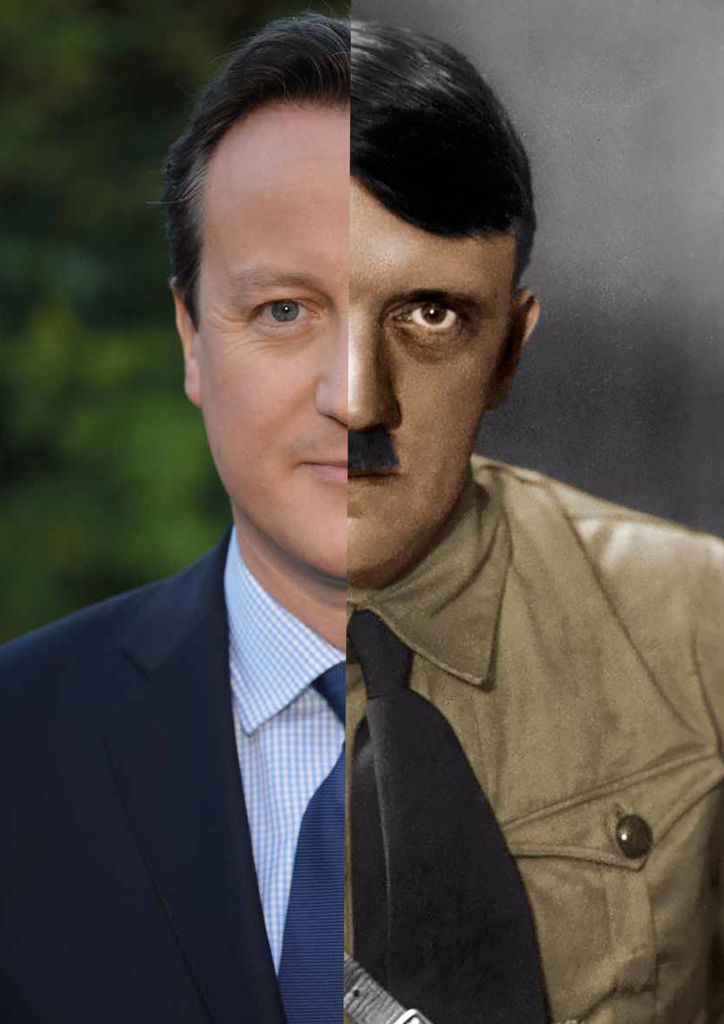
I’ve just finished reversing the wording on the document and underlying the text that I want to use.
The text that highlighted nearly always has the word “we” included and this is mainly because it can emphasises that everyone is united, but I can then contradict this by using imagery of suppression, power and control. Having this difference between the text and image will create an impact and the contradiction between the two can create a strong juxtaposition. Barthes in Rhetoric of the Image asserts that the by using text and image together, the text gives anchorage to the image, and so by using image and text that aren’t cohesive in their message, by contradicting one with the other, gives rise to a contradiction.
This then basically comes down to, saying one thing and doing another, which is something that politicians are accused of all the time. It also means that there is grand narrative of deception, not to trust what a politician says and this can then lead to the conclusion that they think they can lie and cheat with impunity and not get caught.
Also, with having this difference, the all inclusive word “we” is then turned into meaning “we, of a certain social class” instead of “we, the entire population.” I am always wary of when people use the word “we” a lot as it can be deceptive and it is as if they are trying to convince the general public that there is no separation. What are good examples of this phenomenon are names of certain countries, such as Democratic Republic of the Congo, or People’s Republic of China. Both of these countries are dictatorships but govern by assuming the mandate from the people and there is a clear separation of the people with power and the average everyday person. But the word “we” is used to hide this difference.
This can also be reflected in out own society, between the “haves” and the “have nots”. The difference being either of social status or of power and control, the “haves” control the populace and the “have nots” support the “haves”. But the word “we” is used to bridge this gap in language only whilst still maintaining the difference. This is the difference that Thomas More was writing about in Utopia and it’s this difference between the two classes that maintain Utopia.
Utopia is not possible without this difference and so the system has to be maintained. This is done by using the grand narrative “we” and when David Cameron went further and made it more explicit by saying “we are in this all together” immediately draws the response, “but some are more in it than others.” But by concentrating on the word “we” it is possible to show this difference and uncover the elephant in the room.
Anyway, below there are the pages to the manifesto that have been altered by reversing the text and underlying parts. I think overall this does create a cohesion that can be followed by the imagery and that the text needed to be decided on first rather than the imagery and then the text. This way it has created a narrative that can run through the manifesto as each set of images can be anchored by the text.



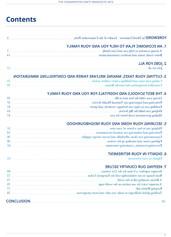













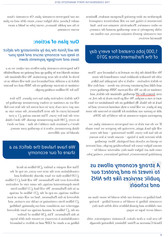











































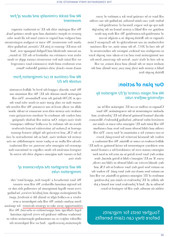







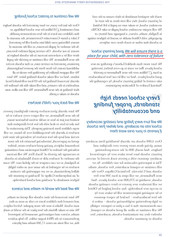

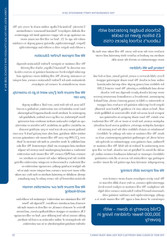







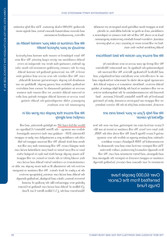







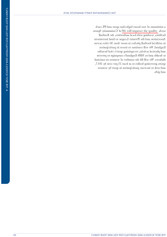

















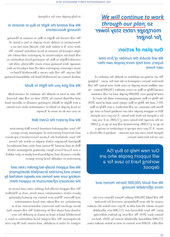



















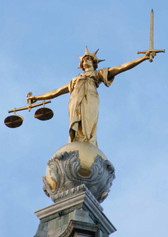


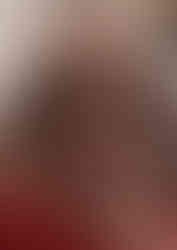
















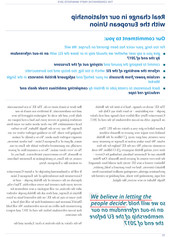























Comments